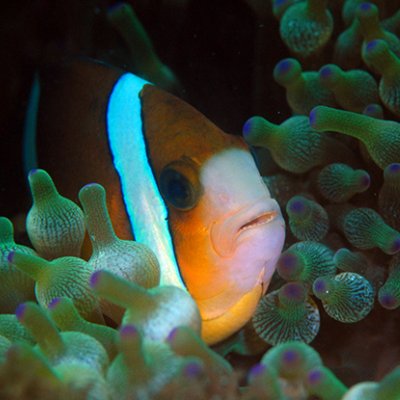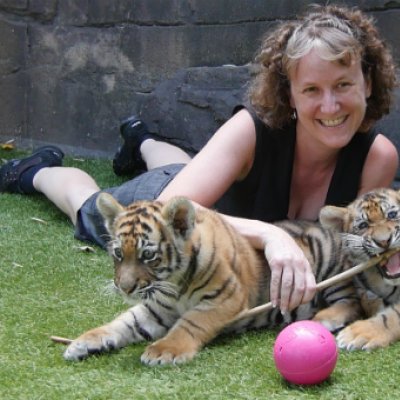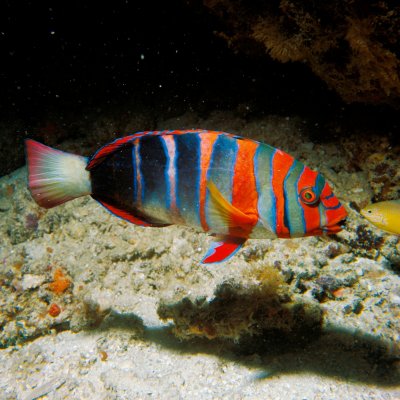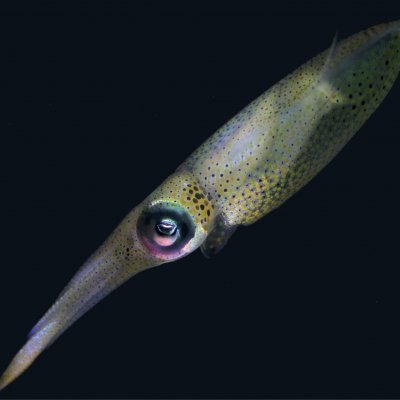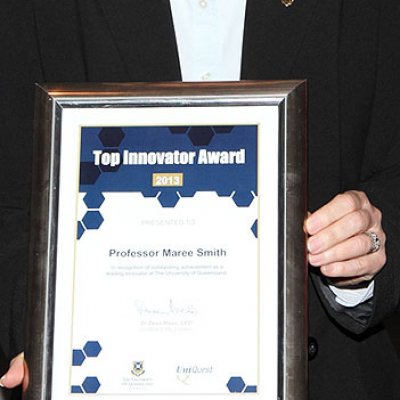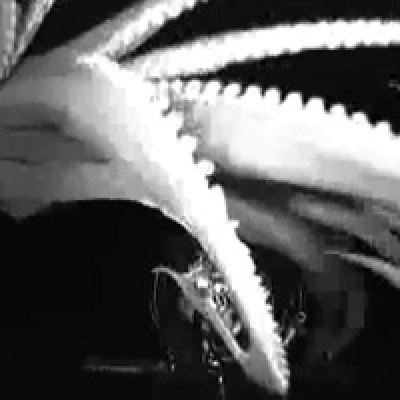The fish made famous in 'Finding Nemo' can see ultraviolet (UV) light and may use it as a ‘secret channel’ to find both friends and food, according to researchers.
12 November 2019University of Queensland researchers have developed new knowledge on how animals see and use colour, and how their colour vision has evolved.
4 August 2017University of Queensland staff, students and alumni are among 30 women selected as Science & Technology Australia’s first Superstars of STEM.
4 July 2017Understanding how fish "see" is helping a team of international scientists increase their knowledge of the Great Barrier Reef's biodiversity.
24 November 2015Researchers at The University of Queensland have discovered how a species of squid perceives distance, providing an evolutionary solution to a problem divers regularly encounter in featureless waters.
21 January 2014A vaccine against cervical cancer, a global parenting program, new forms of pain relief, better yielding crops and improved medical imaging are some of many high-impact outcomes of University of Queensland research.
19 September 2013Researchers from The University of Queensland played a key role in filming the first video images of a live giant squid in its natural habitat, in lightless water up to a kilometre under the ocean.
6 February 2013